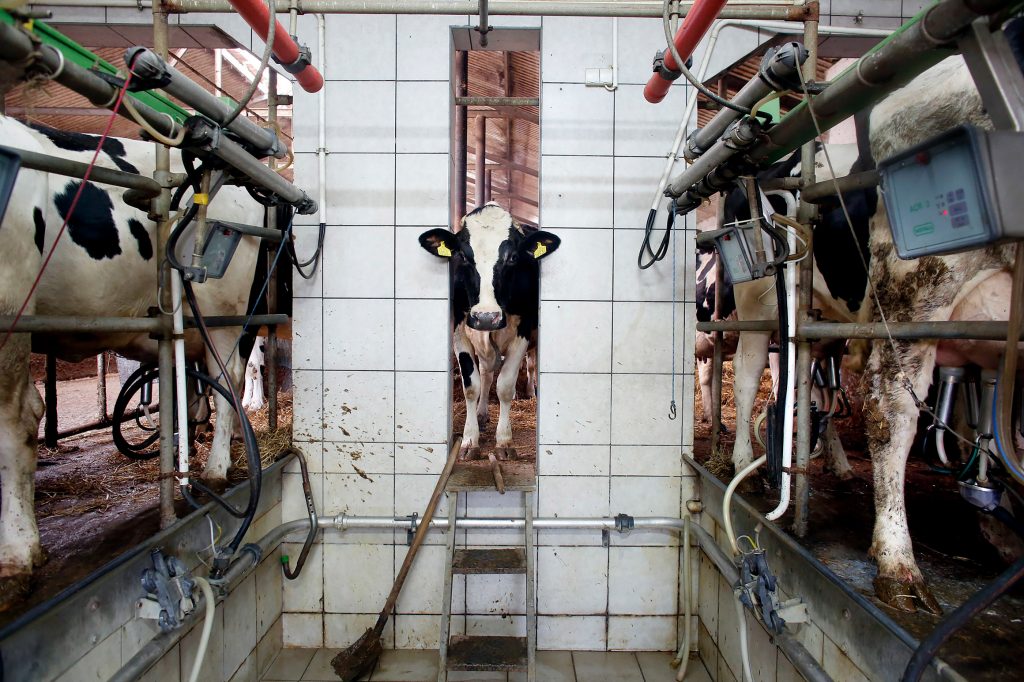
Across the world, 22.5 billion livestock and fowl currently live on farms, where most of them endure conditions of unimaginable misery. Each day, 160 million of these animals are transported to slaughterhouses. Even leaving aside its brutal conclusion, the journey itself is perilous and harrowing. In Canada, for example, 1.6 million animals are found dead on arrival every year.
This is the type of information that journalists and advocates habitually exchange when addressing the topic of industrial farming and animal cruelty. But beneath the numbers — staggering as they are — lies another category of facts that are so upsetting, they feel somehow immoral even to recite: sea turtles sliced from their shells, still alive and struggling; the legs and skin cut from still-conscious cows; dogs beaten or hung to death for food; and on and on and on.
A new book of photographs titled HIDDEN: Animals in the Anthropocene takes us to the heights of animal photojournalism from the past several decades, and along the way, offers a compelling opportunity to confront the terrifying cruelties that humans visit upon the species we dominate. Comprising 200 images from six continents, this 320-page hardcover takes a wide view of our relationships to non-human animals, from those we eat and wear for clothing to those used in research and for entertainment.
“Like conflict photographers documenting war and other humanitarian crises, the brave photojournalists featured in this book deserve our acclaim,” writes actor Joaquin Phoenix in his forward to the book. “Their work has made it impossible for exploitative industries to plausibly deny the agony and suffering taking place behind closed doors, deliberately kept out of the public consciousness.”
HIDDEN presents a valuable archive of what eating meat in the 21st century really means. But whether you are an omnivore or vegan, this thrillingly curated collection affords a rare chance to examine the psychological force that photographic images are capable of exercising. “I want the aesthetics of a photo and its beauty to catch the viewer’s gaze and thus serve to understand horror and injustice,” explains photojournalist Aitor Garmendi, whose undercover photos of Spanish pig farms recently captured international headlines. In HIDDEN, we find not only a brutalizing exposé of harm but a meditation on the particular power of photography to break down our defences against upsetting truths.
“Conflict photography inspired my work, and it was war photographer James Nachtwey’s unflinching tome, Inferno, that influenced HIDDEN,” writes award-winning photojournalist Jo-Anne McArthur, who created the book with Keith Wilson, co-founder of Photographers Against Wildlife Crime. “Inferno is a record of decades of civil war, genocide, famine. Non-human animal suffering also deserved a historic chronicle to shout through the subjects in the photographs: Acknowledge me. End my suffering.”
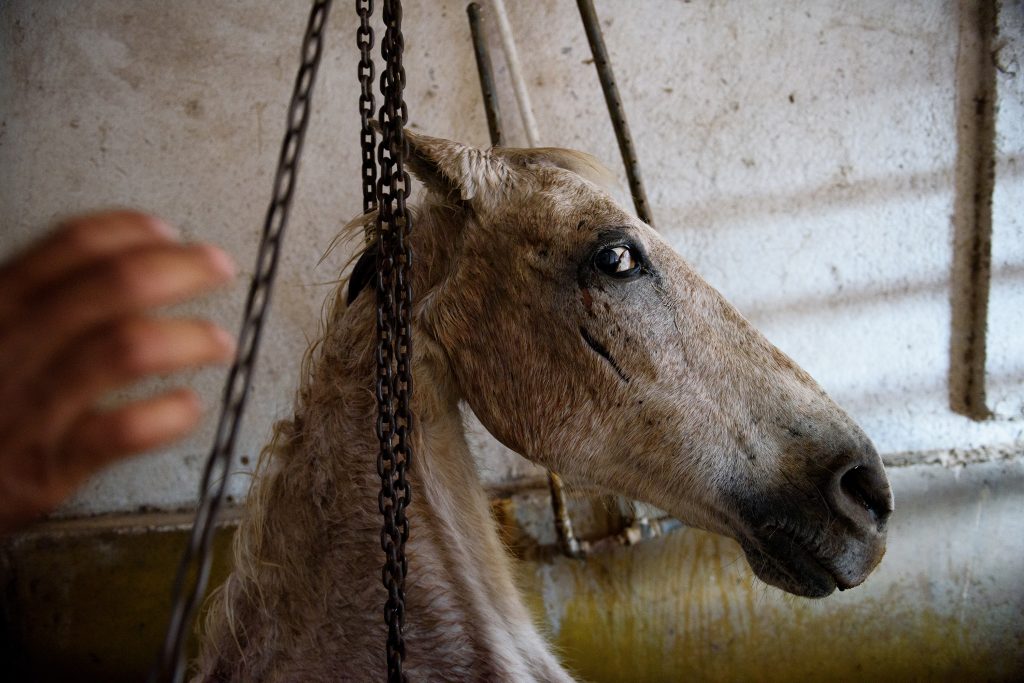


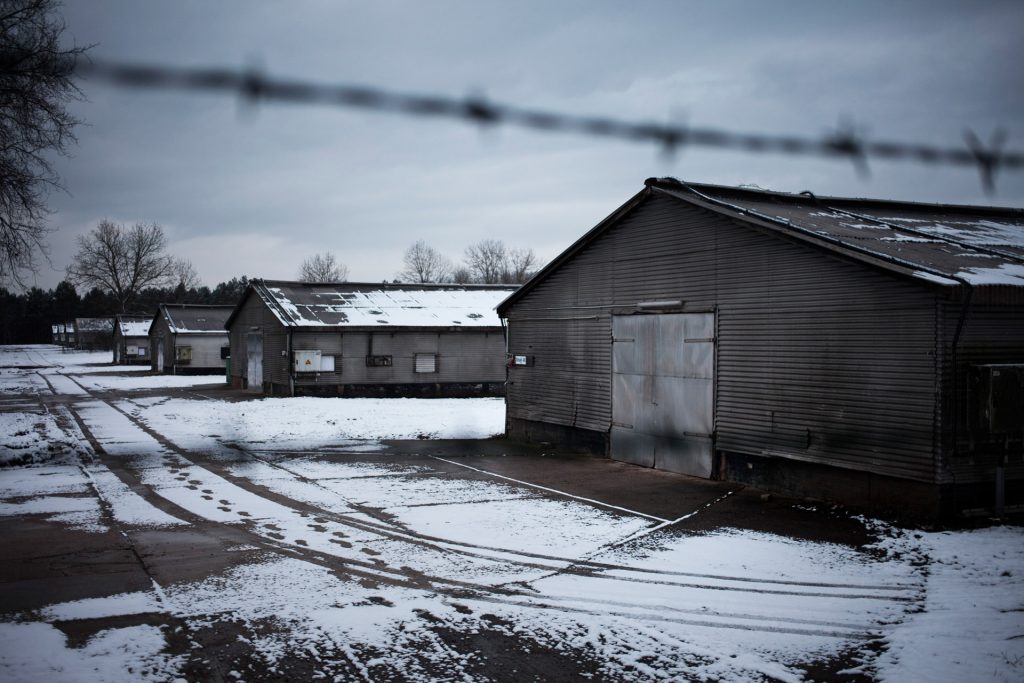
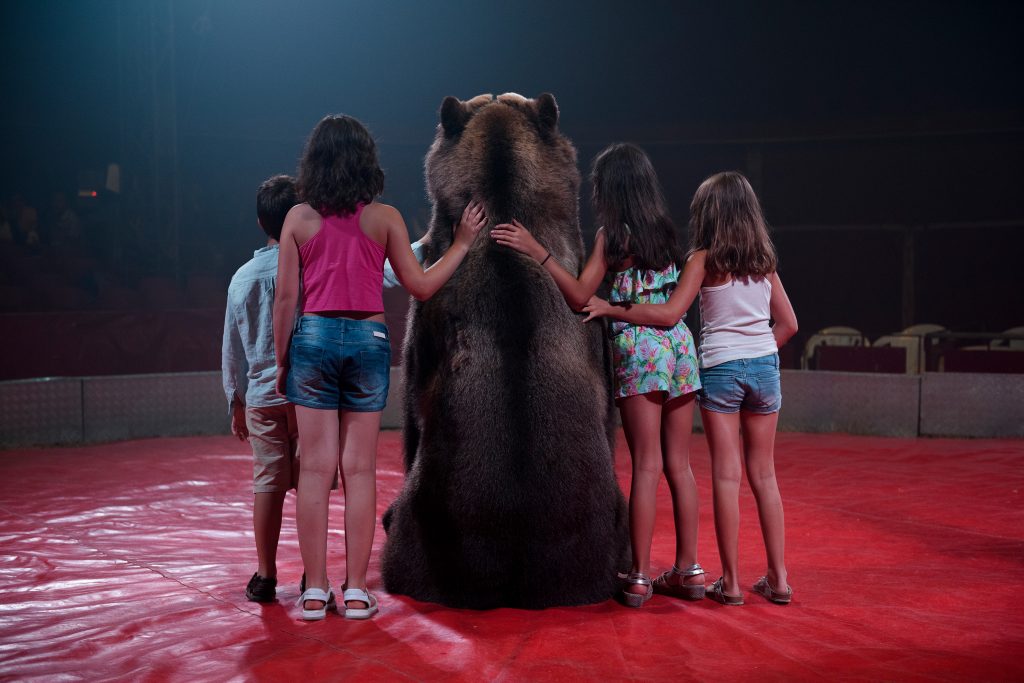
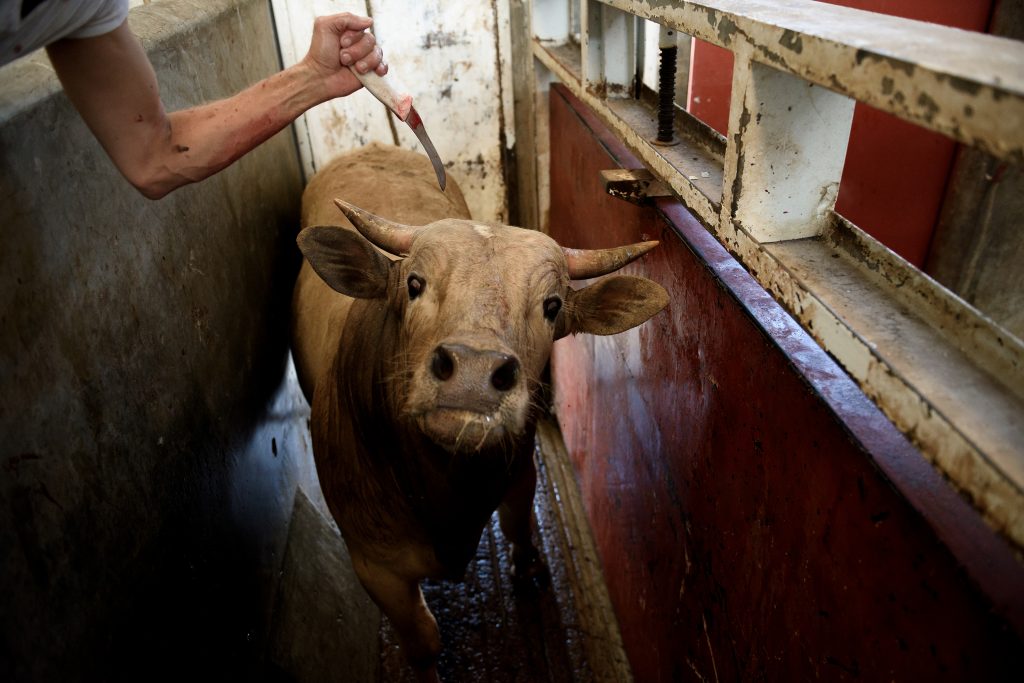
Mark Mann – November 2020








